An interview with expert orchestra photographer Tam Lan Truong
By Boran Zaza
If you attended our last Rendez-vous des orchestres du Québec, then you will have seen an energetic, enthusiastic, friendly photographer roaming around the room smiling to everyone, capturing different moments of the event with great discretion and professionalism (some shared below). Tam Lan Truong has established himself as one of Montreal’s most sought-after photographers for classical musicians, ensembles and organizations, including orchestras such as Orchestre Métropolitain, Orchestre classique de Montréal, Ensemble Obiora, among others, and artists such as Maria Dueñas, Yannick Nézet-Séguin, Lang Lang, and even Michael Bublé. In the following blog post, I interviewed Tam to learn more about how he gets the perfect shot, how orchestras can make the most out of their relationship with a photographer, and what to look for in a photographer!
1. How did you start doing classical music photography?
Tam: In Germany, where I grew up, I spent a lot of time on the other side of the camera—as a classical musician and performer. My dad is a cinematographer who trained in Russia, and my grandfather had the only photo studio in his town in Vietnam. So yes, photography is in my blood, but it’s music that really drew me in.
I still remember my first classical music photography gig back in 2015. Opera McGill hired me after they saw some photos I took of a Broadway choir I used to sing with, and that opened the door to a whole new world. Later that year, Schulich School of Music asked me to update their entire photo catalogue—everything from orchestra shots to concert photos, even brochure covers. That’s when my photography career really took off.
These days, I’m lucky enough to work with some of Montreal’s top classical music institutions like Opéra de Montréal, Concours Musical International de Montréal, Salle Bourgie, and Orchestre Métropolitain. Whether it’s a donor cocktail, a passionate performance at Maison Symphonique, or fun moments backstage, capturing the heart of classical music in a city like this is something I’m grateful for every day.
2. How do you prepare for an orchestra concert shoot?
Tam: One of the biggest challenges in orchestra photography is finding the best angles without disrupting the performance. That’s why I always get to the hall early to figure out the space. I check which doors I can use without making noise, where I can move without being noticed by the audience, and which angles might work best without drawing attention.
I also make sure to go over any specific requirements with the orchestra—like if there are particular moments they want captured or areas I should avoid. Then, I clean my gear, review the evening’s program to time my angles with the musical movements, and get everything ready. That way, when the music starts, I’m in the right places to get the shots I need without being in the way.
3. What is your go-to photography equipment when you are hired for an orchestra concert?
Tam: Shooting orchestras is all about context. Concert halls are dark, the lighting doesn’t change, and you can’t move around much because the audience shouldn’t even know you’re there. And trust me, they’ll notice if you’re not careful—unlike a rock concert, nothing moves in the hall, not even the musicians! So, staying unobtrusive is key.
That’s why I use two mirrorless camera bodies with a ‘silent photography’ mode—no clicks, just quiet captures. My Nikon lenses silently autofocus using advanced technology, ensuring I don’t disrupt the performance. This setup not only keeps me invisible but also lets me capture every detail with precision, from the subtle expressions of the musicians to the grandeur of the concert hall. I keep my gear handy with a solid black tool belt, and I always wear my go-to outfit: a black shirt, grey pants, and comfortable, elegant, non-squeaking shoes.
For close-ups that capture the engagement of individual musicians, I rely on a long lens. To showcase the full beauty of the concert hall and the entire orchestra, I switch to the camera with the wide-angle lens. And when I need to be completely invisible—like during the Concours Musical International de Montréal—I bring out my secret weapon: a camera on a robotic arm, set up in advance and controlled remotely. This setup allows me to capture the emotion and atmosphere of the performance without ever being in the way.
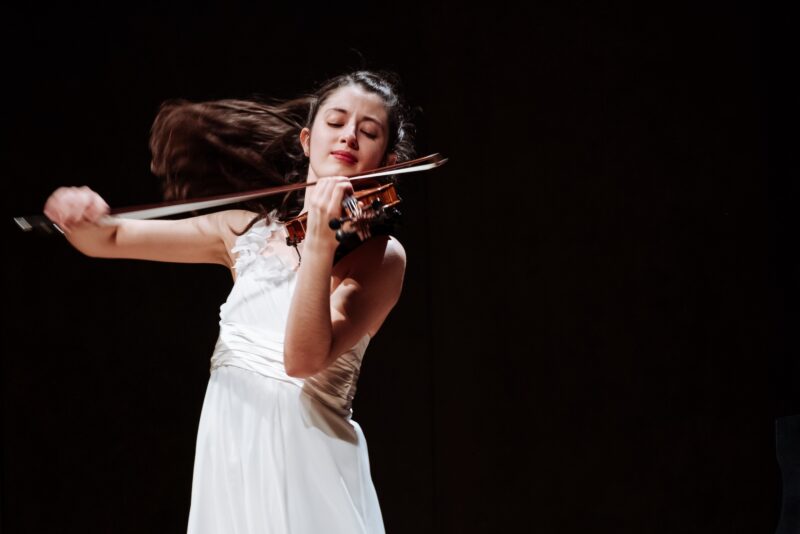
4. What are the 5 top qualities an orchestra photographer should have?
Tam: Being an orchestra photographer requires a unique blend of skills and qualities. You need to:
- Be a Musician: Knowing the rhythm and flow of music helps you anticipate those key moments that make a shot special.
- Be a Professional: Being on time is a given. Then there is delivering on your promises, being polite, and respecting the atmosphere of the performance.
- Be Human: Stay present and open to what’s happening around you. Building a connection with the musicians and understanding their energy can lead to more authentic photos.
- Be an Artist: Creativity is key. Whether it’s finding a new angle or capturing a fleeting emotion, being spontaneous and seeking out novelty is what makes each shoot unique.
- Be Adaptable: Every performance is different, and things don’t always go as planned. The ability to adapt quickly to changes, whether it’s adjusting to lighting or responding to a last-minute request, is crucial.
5. How do you get the perfect action shot of a conductor/orchestra musicians?
Tam: Music is all about change—notes, moods, everything shifts in an instant. A magical moment might last just a second, and you could miss it if you’re only watching.
That’s why I rely on my ears as much as my eyes. Being a musician myself, I’ve learned to listen for those magical moments: the build-up in the strings, a sudden change in dynamics, or the way a conductor’s energy shifts before a big crescendo. It’s the music that guides me to the perfect shot, often before the moment even happens, allowing me to consistently capture the emotion and intensity that define a performance.
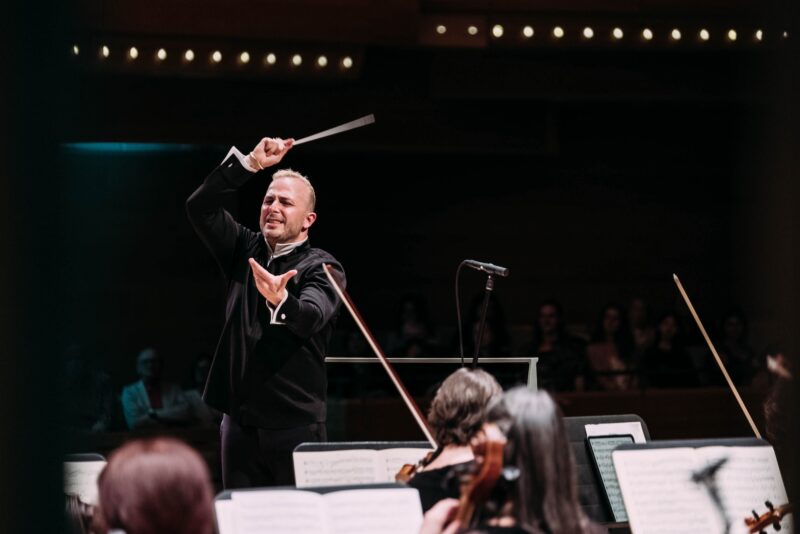
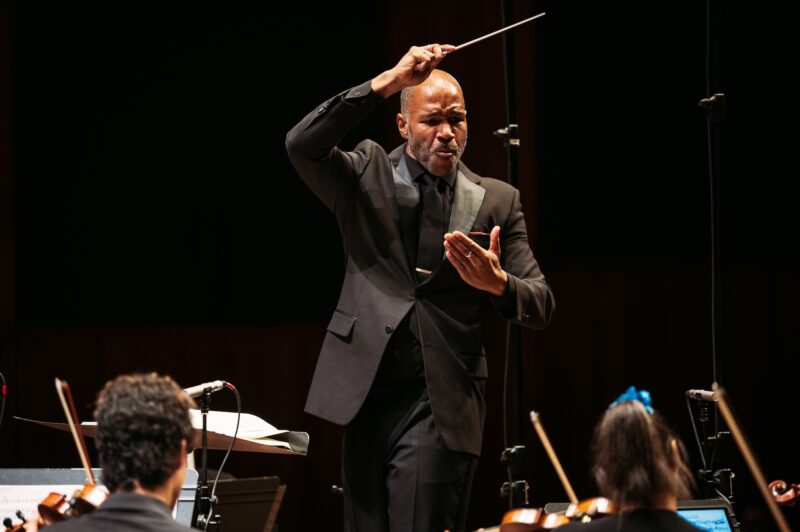
6. How can orchestras be good clients to you and other photographers?
Tam: To get the best results, it’s important to start with clear communication. I need the usual details: where, what, who, and when. But it also helps to know about any specific shots the orchestra is looking for. For example, if an orchestra has a new conductor, I can focus more on capturing their presence. If photos are needed within 24 hours for social media or press releases, that’s something I can accommodate as well.
The more information provided upfront, the better I can tailor the shoot to meet my clients’ needs. It’s also helpful to discuss any special requests or potential challenges ahead of time. Maybe certain sections need more attention than others. Perhaps the conductor prefers a certain side. Open communication not only ensures we’re on the same page but also helps maximize the impact of the photos we create together.
Of course, in case of uncertainty, it’s also sufficient just to let me know the date, time, and place, and I will take care of the rest.
7. From your perspective, besides concert shots/orchestra and conductor shots, what should marketing managers ask a photographer to capture when they hire them?
Tam: Besides the usual concert and conductor shots, I always suggest getting some behind-the-scenes photos. Capturing those moments when musicians are warming up, chatting, or just relaxing adds a personal touch that really resonates with audiences. These shots are perfect for websites, social media, and presentations, giving people a peek into the life of the orchestra. Sure, it might add an extra hour to the shoot, but if we do it on concert day, it’s more efficient and can save on costs.
As a plus, this provides your musicians with content that they can proudly share on their social media, increasing the reach of your orchestra organically. It also fosters a sentiment of belonging to the orchestra.
Other shots that will enhance the story you tell about your concerts are shots that highlight your audience before, during, and after the concert.
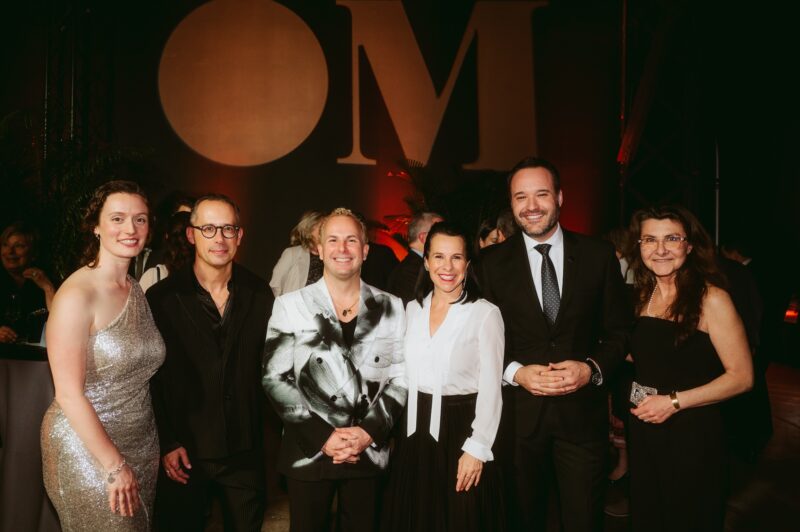
8. How do you keep your shots interesting and unique to every orchestra/concert when the lighting conditions are often quite similar in concert halls and all musicians are dressed the same?
Tam: Last year, I shot about 30 concerts at Maison Symphonique. The lighting was pretty much the same every time, and of course, all the musicians were dressed in their go-to black. So how do you keep the shots interesting when the setup doesn’t change much? The trick isn’t in the what—you could see it as a bunch of people on stage with their instruments while the conductor waves their arms. It’s in the how—how the individuals come together to make something special.
As a photographer, you’ve got to be fully present. Listen to the music and watch the performance closely. Focus on isolating individuals, sections, and the conductor. Pay attention to their movements and their tendencies. Then, capture those moments where the energy shifts and the magic happens. That’s where you find something unique every time, even when everything else stays the same.
9. What are three things orchestras can do to ensure their concert photos stand out instantly?
Tam: Here are three things you can do to make your concert photos really stand out:
- Play with lighting: Lighting can completely change the atmosphere of your photos. Take the Orchestre Philharmonique et Choeur des Mélomanes at Maison Symphonique—in some concerts, they add extra lights in the background, creating patterns and colors that match the music. Just tweaking the lighting a bit can make a huge difference in how your concert is captured.
- Add some unique elements: Doing something unexpected can make your photos pop. For instance, I’ve seen Ensemble Caprice have their front row of singers toss roses into the audience at the end of a piece—it made for some amazing, dynamic shots. Orchestre Classique de Montréal brought in tango dancers during a Piazzolla performance, adding movement, energy, and passion that really came through in the photos.
- Go for a color theme or special detail: Even small visual touches can set your orchestra apart. Ensemble ArtChoral had everyone wear a red accent for a concert called “A Viennese Evening”, which looked striking on stage.
It doesn’t have to be complicated. With musicians typically dressed in black and sitting still on stage, even the smallest detail can make your orchestra stand out visually.

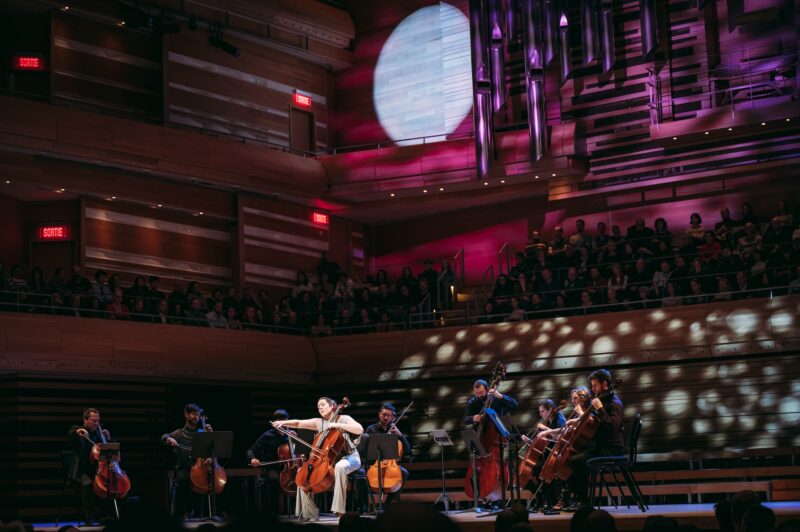
10. What can orchestras expect from you when working with you?
Tam: Everything I mentioned about being a musician, professional, human, artist, and adaptable comes into play when you work with me. I’m committed to bringing all those qualities into our collaboration to make sure you get the best results.
In terms of deliverables, if we’re shooting for a two-hour block, you can expect around 40-60 beautiful photos within a week. For an extra fee, I can also make a selection of 5-10 photos for social media the next day.
My goal is to help make classical music accessible to as many people as possible, and a big part of that is contributing to the image an orchestra presents. That’s why I offer different packages to suit different needs. For example, I can do a 1-hour shoot with a set number of edited photos if that’s what fits the budget. I can also offer discounts when booking me for a whole season to make it more affordable. I definitely understand that orchestra budgets can vary a lot, from large institutions to volunteer-led groups.
Learn more about Tam Lan Truong here: https://www.tamphotography.net/
About Tam Lan Truong
 As a graduate of McGill University’s Desautels Faculty of Management, fluent in English, French, Vietnamese, and German, my career as a professional photographer and artist is shaped by a global perspective and a genuine passion for classical music. This passion is rooted in a family legacy of cinematographers and photographers, driving my dedication to capturing moments that tell a meaningful story.
As a graduate of McGill University’s Desautels Faculty of Management, fluent in English, French, Vietnamese, and German, my career as a professional photographer and artist is shaped by a global perspective and a genuine passion for classical music. This passion is rooted in a family legacy of cinematographers and photographers, driving my dedication to capturing moments that tell a meaningful story.
Over the past nine years, I’ve developed a strong presence in Montreal’s classical music scene, earning the trust of clients like the Concours Musical International de Montréal, Orchestre Classique de Montréal, Opéra de Montréal, Schulich School of Music, and GFN Productions. I’ve had the privilege of visually narrating their most significant moments. My work has been featured in respected publications such as The Strad and CBC, reflecting the impact and reach of my photography.
While I’ve had the opportunity to collaborate with internationally renowned artists like Maria Dueñas, Yannick Nézet-Séguin, Lang Lang, and Michael Bublé, these are just some of the highlights of the diverse range of projects I’ve been fortunate to be part of, both within and beyond Montreal.
My background as a classical musician enhances my artistic approach and deepens my connection to the music and its performers, enabling me to capture moments with authenticity and sensitivity. This blend of music and photography isn’t just my profession; it’s a passion that drives me to create images that celebrate the legacy and beauty of classical music.

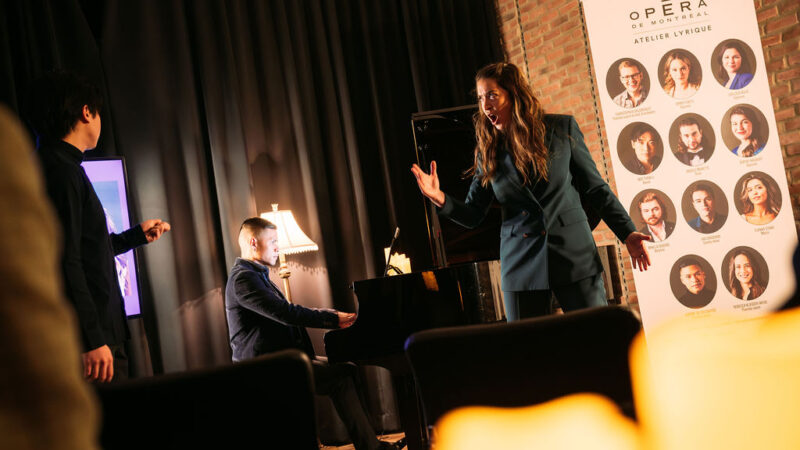
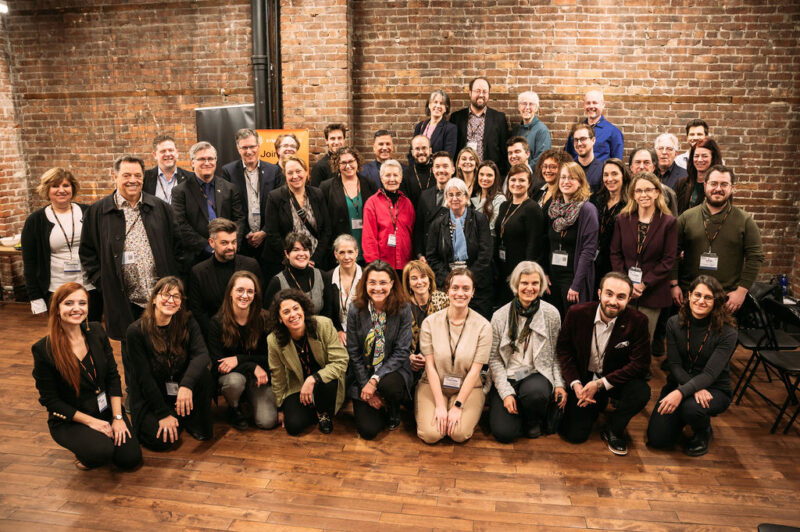

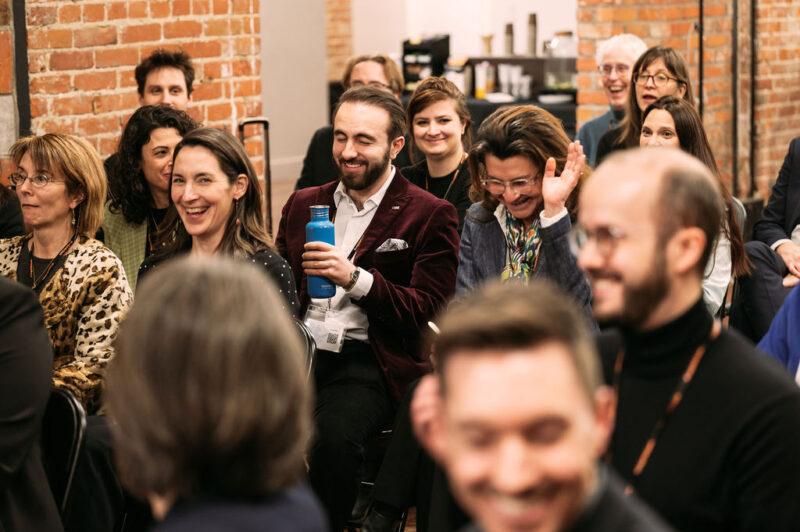
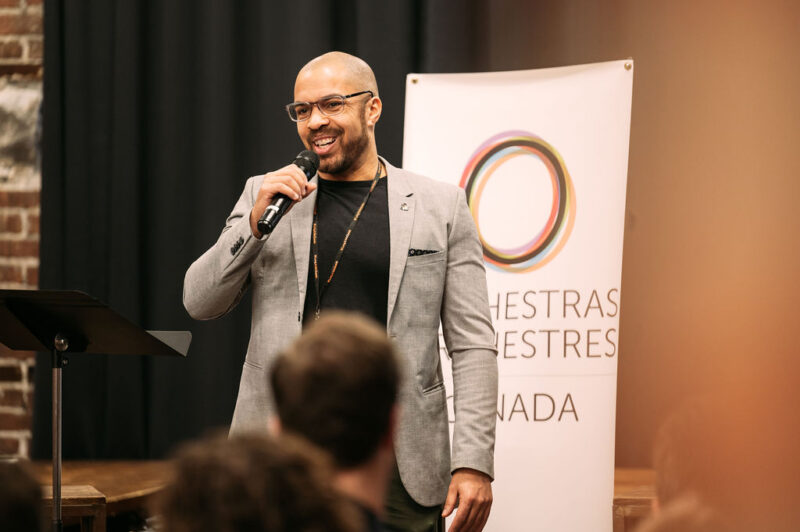
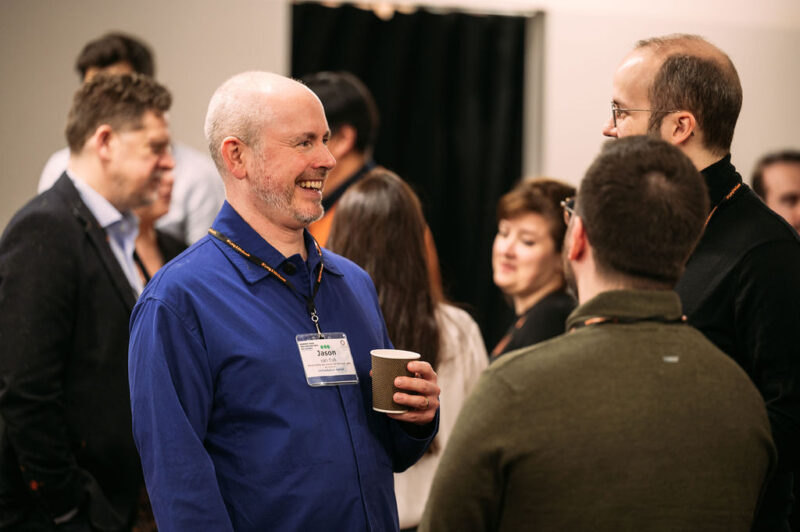
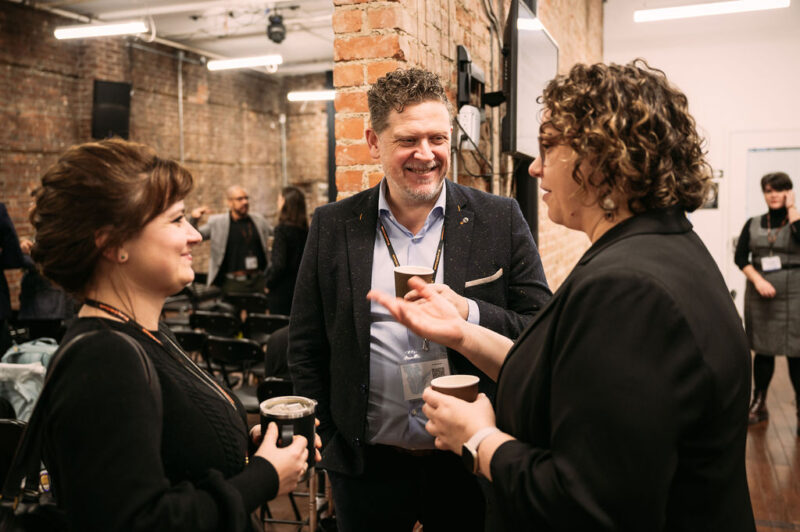

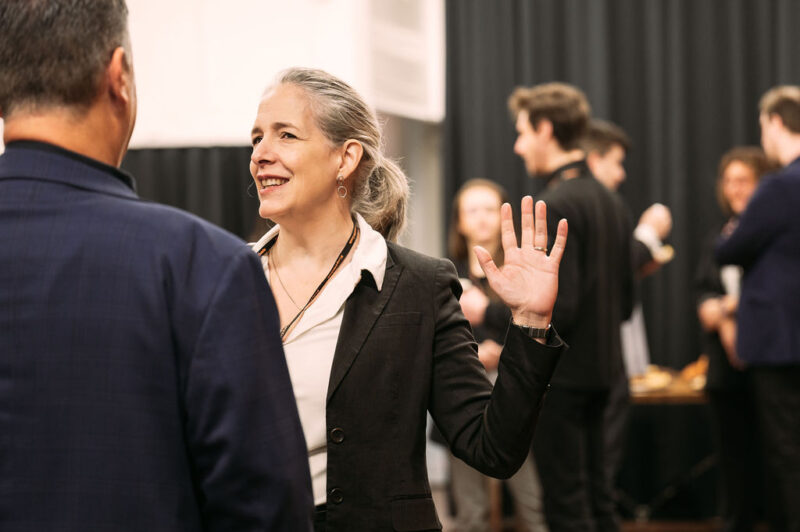

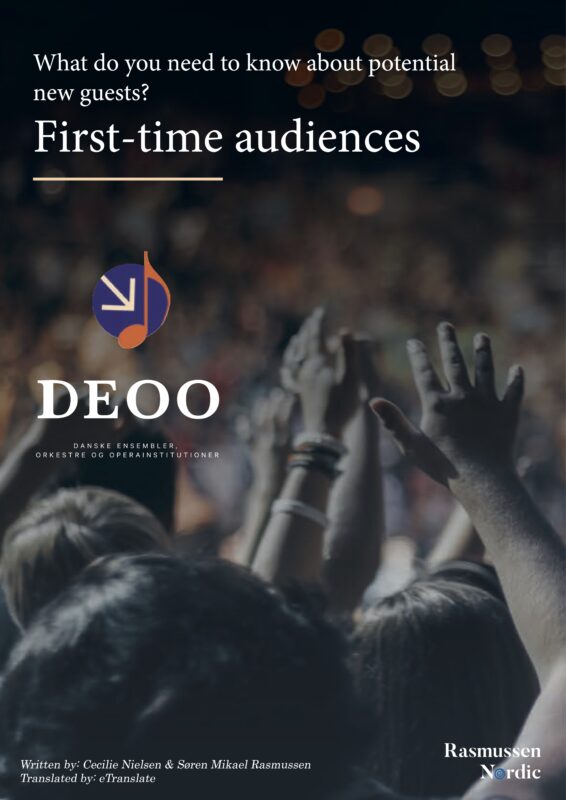
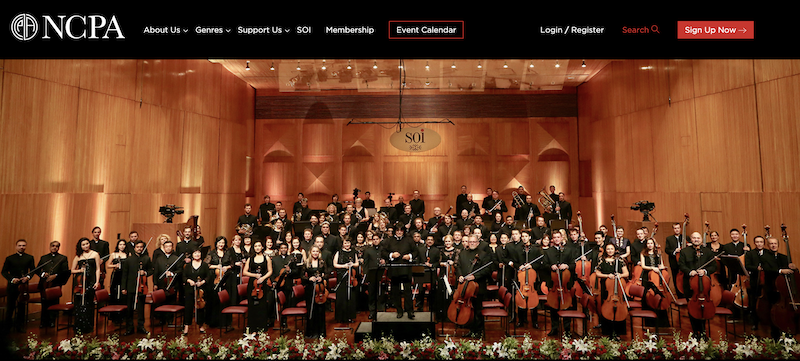
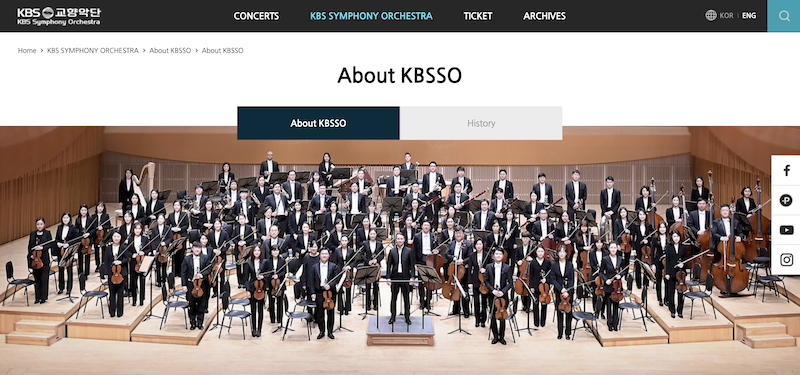
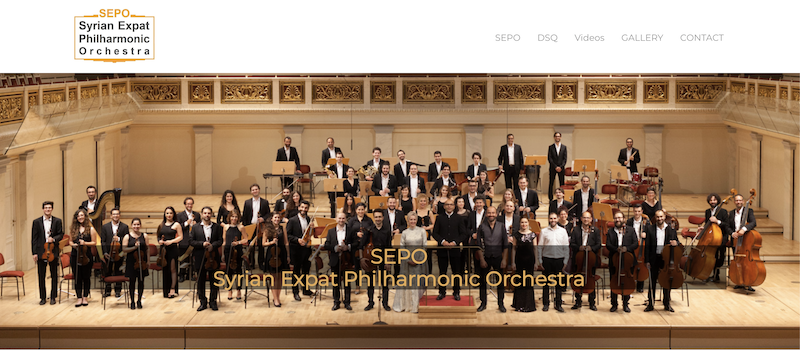
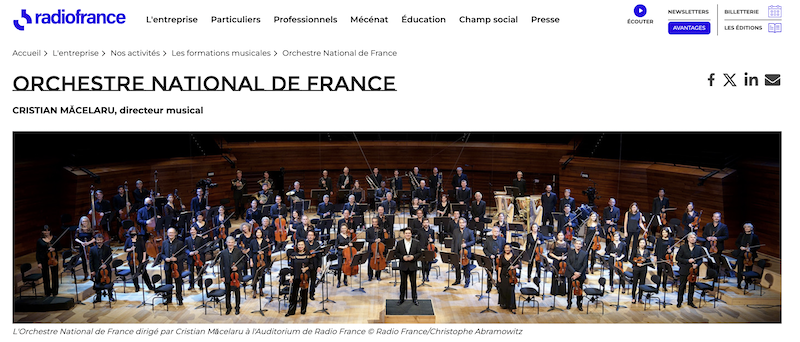
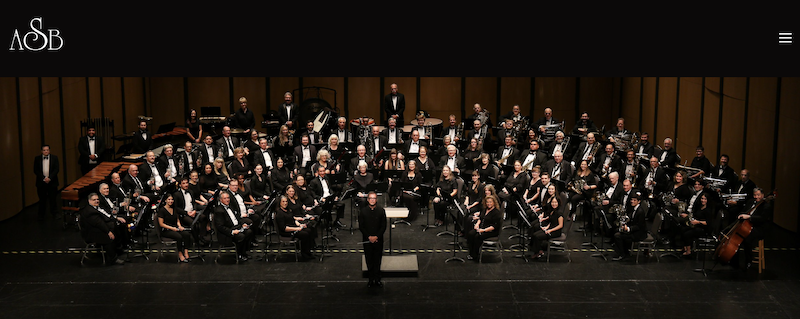
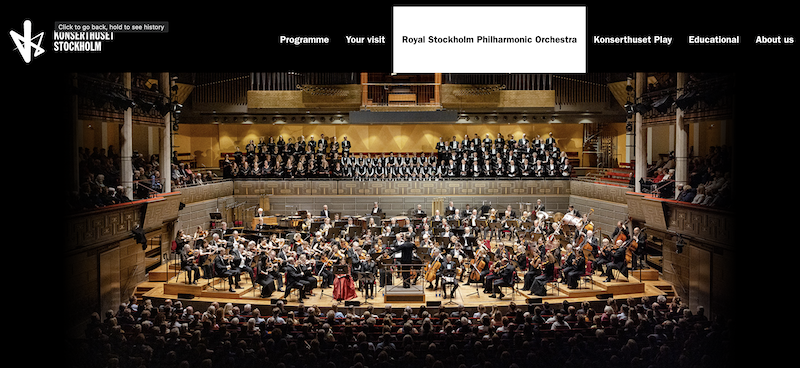
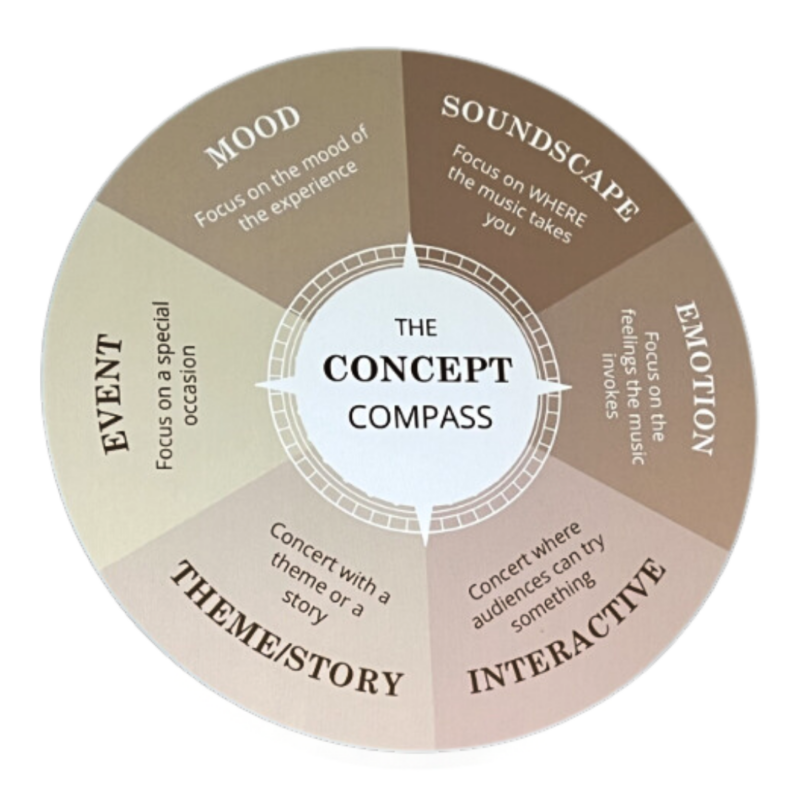
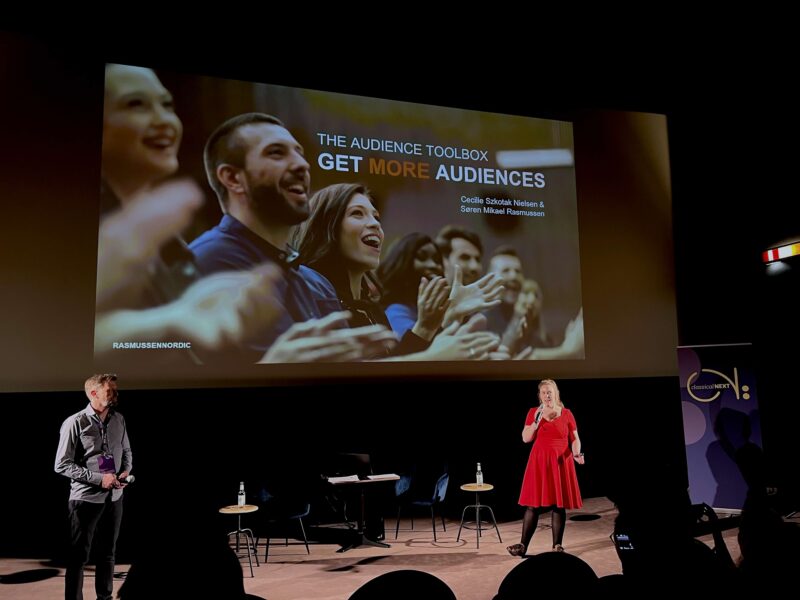
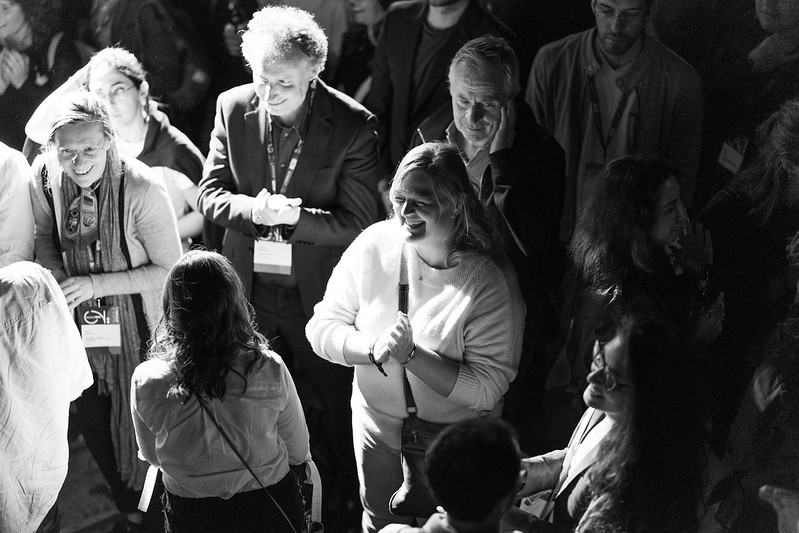













 From January 27-29, 2022 the Orchestras Canada team had the pleasure of attending the SphinxConnect: Forging Alliances conference. The annual convening, held virtually this year, brought together a stellar lineup of presenters across the North American arts ecosystem (musicians, administrators, board members, funders, and more) to discuss diversity in classical music – including fellow Canadian and Orchestras Canada’s own board member,
From January 27-29, 2022 the Orchestras Canada team had the pleasure of attending the SphinxConnect: Forging Alliances conference. The annual convening, held virtually this year, brought together a stellar lineup of presenters across the North American arts ecosystem (musicians, administrators, board members, funders, and more) to discuss diversity in classical music – including fellow Canadian and Orchestras Canada’s own board member,  Juan-Miguel Hernandez, a Montréal-born violist with a distinguished international performance career, is no stranger to the Sphinx Competition. In a mid-February phone conversation with Boran Zaza (OC Communications and Development Director) Hernandez credited his top prize in the Senior Division at the 2006 Sphinx Competition as an important “kickstart” for his success as a classical musician:
Juan-Miguel Hernandez, a Montréal-born violist with a distinguished international performance career, is no stranger to the Sphinx Competition. In a mid-February phone conversation with Boran Zaza (OC Communications and Development Director) Hernandez credited his top prize in the Senior Division at the 2006 Sphinx Competition as an important “kickstart” for his success as a classical musician:  partnered to present a spotlight on the
partnered to present a spotlight on the 
 To mark one year since the pandemic halted the operations of orchestras and arts organizations across Canada, we are diving into some new data about the situation of orchestras. The
To mark one year since the pandemic halted the operations of orchestras and arts organizations across Canada, we are diving into some new data about the situation of orchestras. The